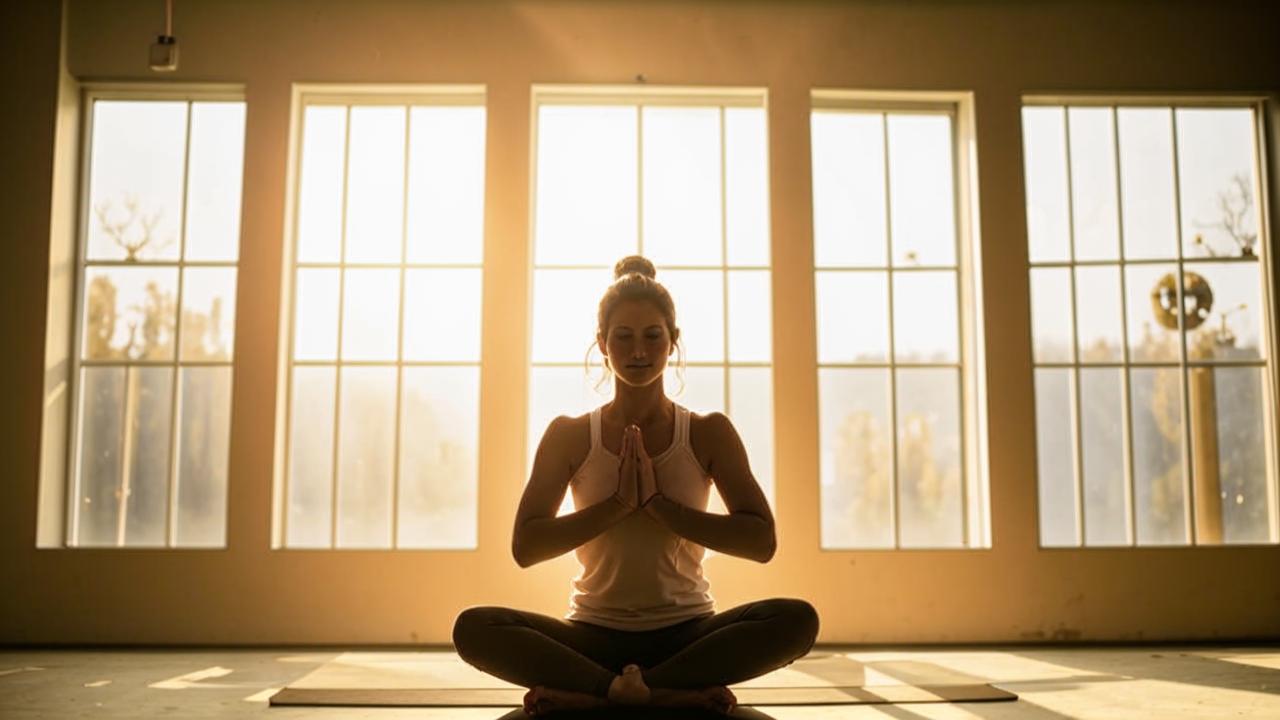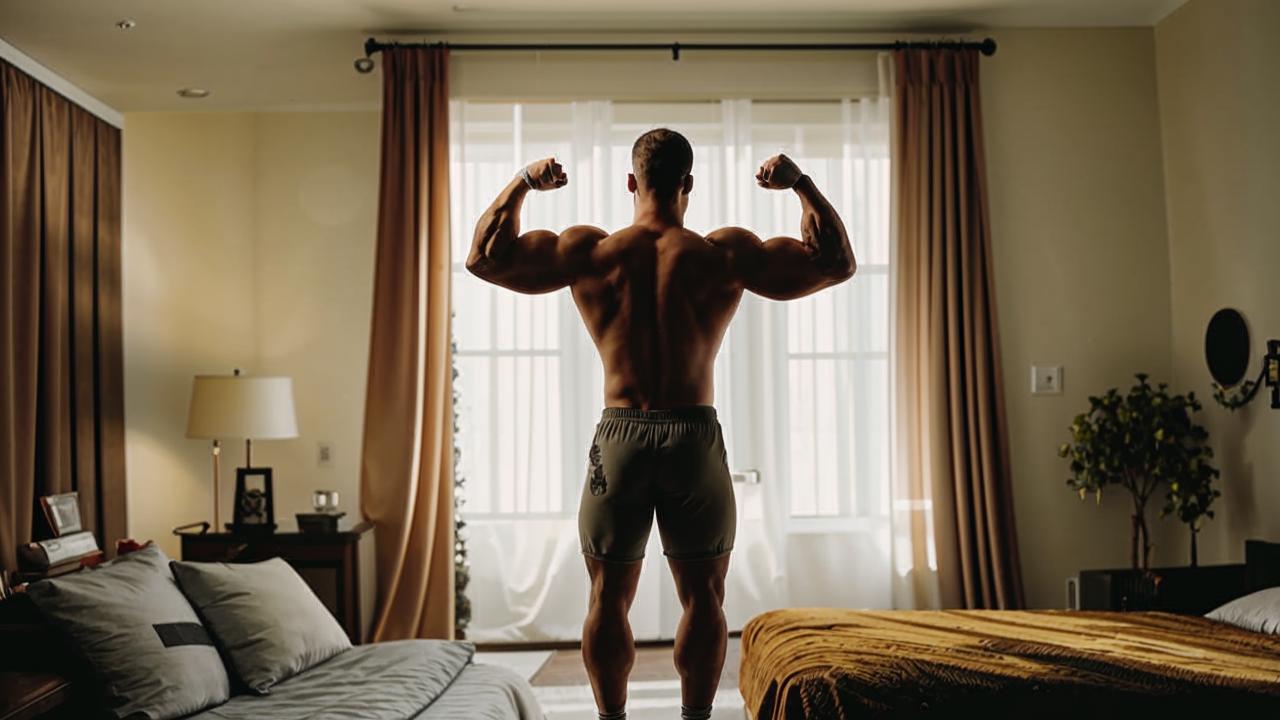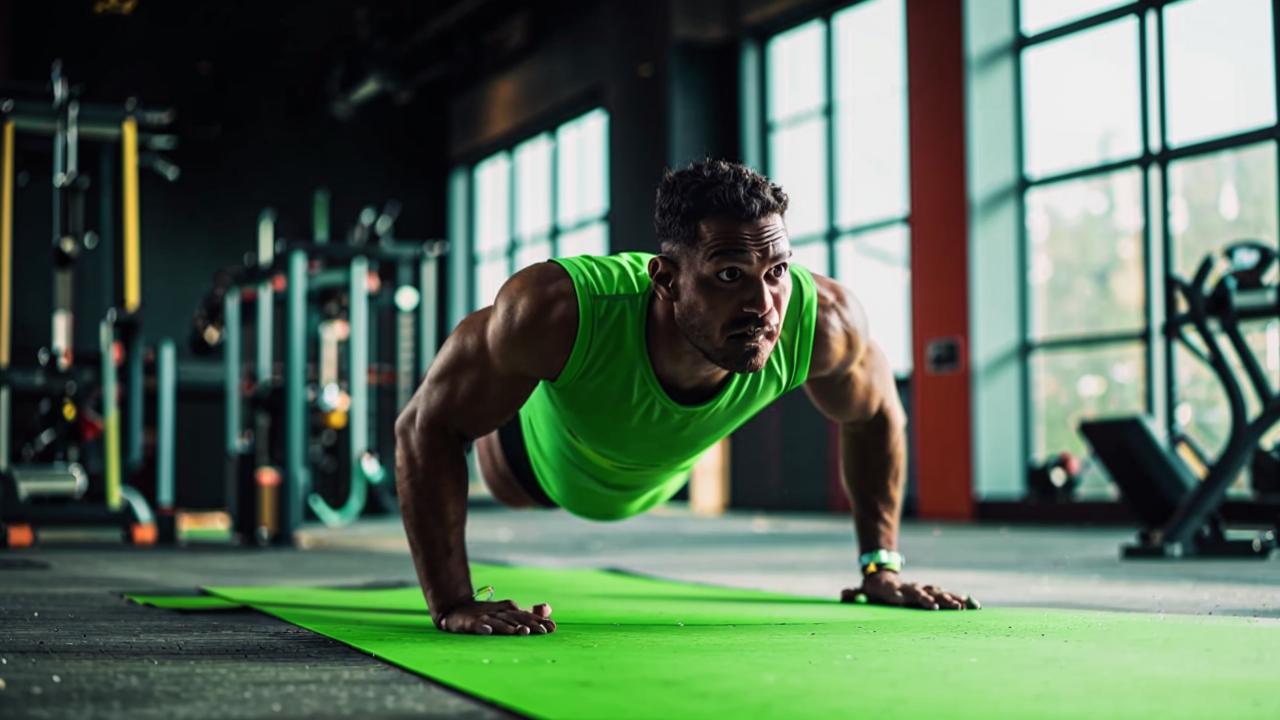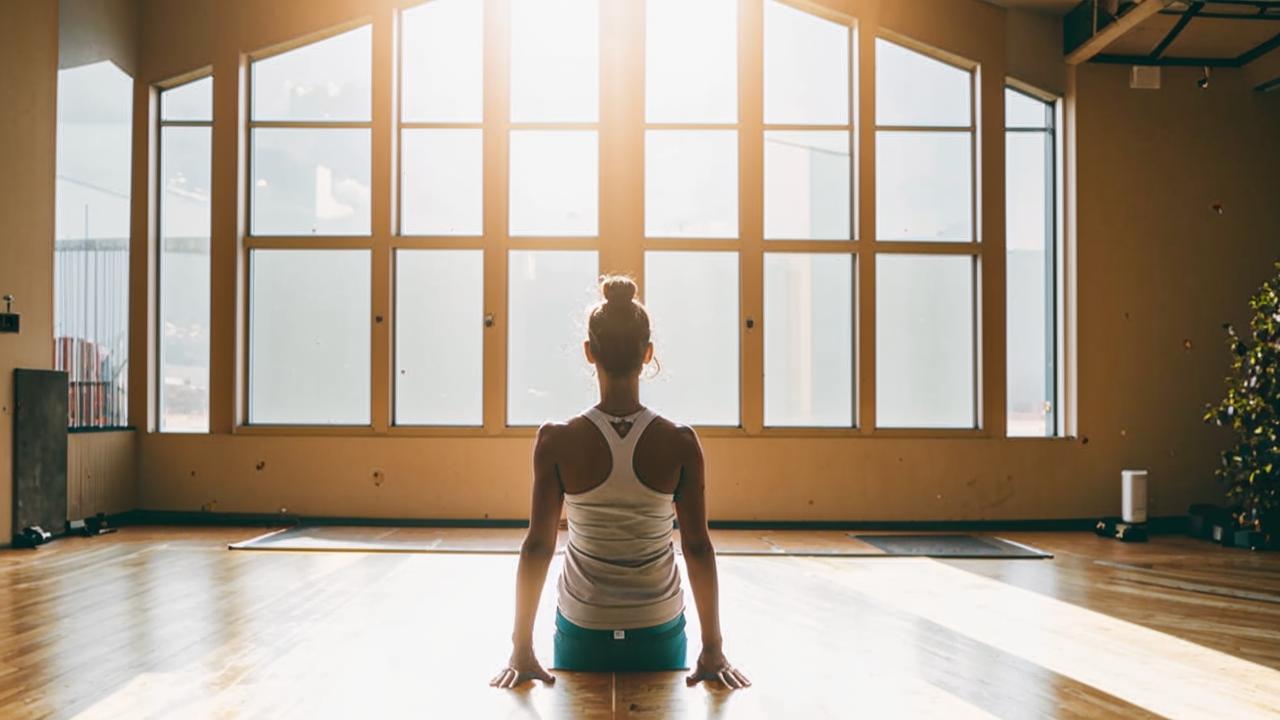Yoga instructors answer.
We use the kora muscles every day: when we get out of bed, walk, move, bend over. Beautiful waist, relief and abs are also their merit. We asked a hatha yoga instructor to compile a set of exercises for you to work out the kora. But before we get into the finer points.

Dean of the Faculty of Sports Industry at Synergy University, international hatha yoga instructor.
Yoga is effective for training the cortex. Deep stabilizer muscles are perfectly worked out in any balance exercises.
Kor (from English soge – rod, core, skeleton) is a complex of deep stabilizer muscles located in the area of the biomechanical center of the body.

Here are the eight major muscle groups that belong to the cortex:
- Pelvic floor muscles.
- The rectus abdominis muscle.
- The internal and external oblique abdominal muscles.
- Transverse abdominal muscles.
- The muscle that straightens the spine.
- The multifidus muscles (located on the posterior surface of the spine).
- Gluteal muscles.
- The adductor muscles of the thigh.
- Diaphragm (yes, this is also a muscle).

hatha yoga instructor, master Thai massage therapist.
Kor maintains correct posture, stabilizes the spine and pelvis, and allows for full breathing. Optimal distribution of physical loads on the body and support of internal organs are also part of the tasks of the kor.
What type of yoga best trains the kora?
Despite the fact that there are many styles and schools of yoga, in all its types, where asanas are practiced, there is an impact on the muscles of the cortex. These muscle groups can be strengthened, for example, with hatha yoga, says Anastasia. Cortical muscles are perfectly worked in any balance exercises. That is, any asana, where you try to keep and maintain balance, trains the kora.
Yoga is effective for training the kora only if the practice is done on an empty stomach. Hatha yoga instructor notes that after a light meal should pass at least an hour, after a dense one – at least four hours. There are contraindications – pregnancy and recent surgeries.
Anastasia: For practice you will need a mat so that hands and feet do not slide on the floor. Before you start, you should perform a warm-up (3-5 minutes). During the exercises, it is important to breathe only through the nose, without holding your breath. To begin with, you should hold the poses for a few breathing cycles, then bring this time to 30 seconds. When you work on the duration of holding asanas, the strength of your muscles will increase.

The five most effective asanas for practicing the kora
Straight arm plank
Benefits: strengthens the muscles of the arms and legs, back and abs, and tones the abdominal organs.
Technique:
- Lie on your stomach.
- Place your palms on the sides of the body at chest level.
- Resting toes and palms of hands on the floor, raise the body, keep legs straight.
- Lower your gaze down in front of you, do not clasp your neck.
- Keep a straight line from your heels to the top of your head.
- Hold the final position for several breathing cycles, increasing the time in asana each time.
- Lower yourself to the floor.
Variation: asana can be performed on bent elbows – put them at shoulder width, parallel to each other.
Complication: alternately raise your arms/legs, holding the position.

Downward facing dog
Benefit: stretches the back of the legs, stretches the spine, gives fresh blood flow to the head – this renews brain cells and improves the complexion. The pose also opens the chest, and this ensures good posture and removes clamps in the neck.
Technique to perform:
- Lie on your stomach, the distance between your feet is about 30 cm.
- Place your palms at chest level, elbows next to the torso.
- Exhale and push the pelvis up, lift the body off the floor, rest the fully straightened arms on the mat.
- Palms tightly pressed to the mat, fingers spread wide, middle finger pointing forward, neck relaxed, head down between the arms.
- Beginners should bend the knees, but if the back surface is well stretched, leave the legs straight, and feet tightly pressed to the mat, heels do not take off the floor.
- Stay in asana for a minute, keep your breathing even, deep and calm.
- When you finish, exhale, raise your head, roll into a plank on straight arms, smoothly lie down on the mat and rest.
Complication: from downward facing dog lift your right leg up, then pull the knee of the right leg to the right elbow, return back. Then pull to the left elbow crosswise, return the leg to the mat, change legs. Gradually increase the duration of the “hang”.

Balances in table pose
Benefit: strengthening back and abs muscles, improving coordination.
Technique:
- Stand on all fours: place your hands under your shoulders and your feet at pelvic width, pull up your stomach – this will straighten your back.
- Extend your right arm forward and your left leg back, toes pointed clearly at the floor, stay in balance for a few breath cycles.
- Change sides.
- Align your pelvis and back – it’s important not to sag in the lower back.
Locust pose
Benefit: strengthens the muscles that hold the spine, increases the flexibility of the spine and stretches it along its entire length, loosens the chest, neck, larynx, massages all the organs of the abdominal cavity.
Technique:
- Starting position: lying on the stomach, feet pressed against each other, hands along the body.
- As you inhale, simultaneously and smoothly lift your legs and upper body from the mat.
- Legs straightened, feet pointed with soles upwards, knees drawn in, pelvis off the mat, hands pointed backwards, palms facing downwards.
- In case of excessive tension in the lower back, you can ease the pose: put your hands on the mat near the chest.
- The final variant of the pose – the abdomen lies on the mat and is the only support: the body is raised, neither the ribs nor the chest touch the mat.
- Hold the pose for several breathing cycles, with an exhalation lower yourself to the floor and rest.
Practice consciously and remember that any asana is not only a static hold, but also a constant work.






